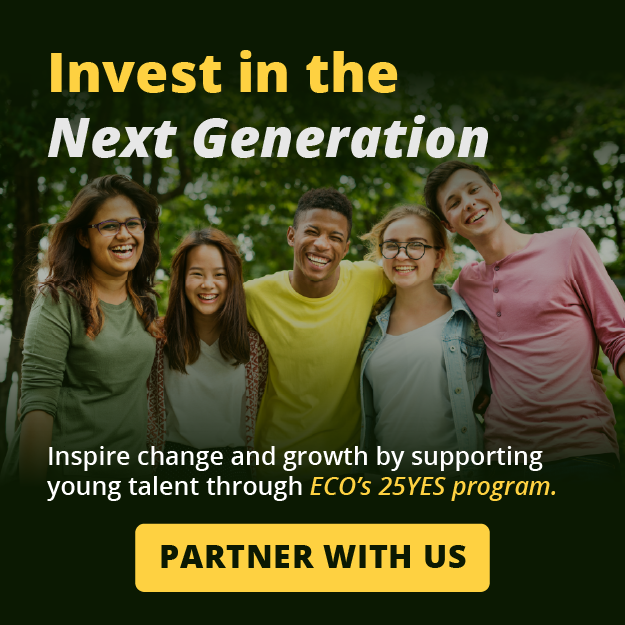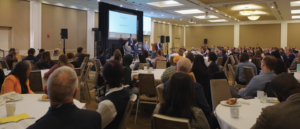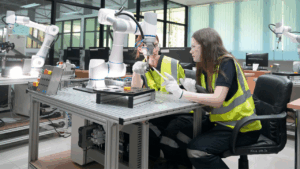Dr. Yogendra Chaudhry
The release of ISO/TS 14076:2025 marks a major step forward in how we make sustainability decisions, not just with heart, but with rigor.
For years, we’ve relied on fragmented tools: Life Cycle Assessment (LCA) for environmental impacts, techno-economic analysis (TEA) for cost-benefit insights, with few ways to integrate the two meaningfully. That changes now.
ISO/TS 14076 introduces a structured, ISO-aligned framework for conducting Environmental Techno-Economic Assessments (eTEAs) combining:
- Technical feasibility
- Economic viability
- Environmental impact (via LCA)
It’s a practical tool to evaluate whether an innovation, process, or investment is not only green but also grounded.
What Is ISO/TS 14076?
This new Technical Specification provides the principles, requirements, and guidance to conduct eTEAs across industries and sectors.
Unlike traditional cost-benefit or sustainability assessments, eTEAs integrate environmental and economic thinking into a single methodology, ideal for assessing clean technologies, circular economy strategies, decarbonization plans, and much more.
What Makes This Standard Powerful?
Here are a few features that stand out:
- Dual Focus: Evaluates both internal (business-controlled) systems and broader environmental impacts
- 4-Phase Structure: Includes scope definition, TEA, LCA, and interpretation
- Transparent & Comparable: Clearly defined assumptions, functional units, data sources, and documentation
- Enables Strategic Trade-Offs: Supports sensitivity and comparative analysis, like cost per tonne of CO₂ avoided
- Applicable Across Sectors: From clean tech startups to public policy, heavy industry to ESG teams
So, What Does “TS” Mean?
In ISO language, “TS” stands for Technical Specification, a document for emerging topics not yet formalized as full standards.
In this case, ISO/TS 14076 is designed to promote early adoption and refinement of the eTEA methodology. It’s a living guide shaped by expert consensus and built for practical application.
Think of it as a first edition of a method we’ll all be using more and more in the years to come.
Real-World Use Cases
ISO/TS 14076 can be applied in:
- Cleantech Innovation: To evaluate market viability and climate benefit
- Government & Infrastructure Planning: Compare green energy or public transit options
- Corporate Sustainability Strategy: Assess low-carbon alternatives and investment pathways
- Academic & R&D Projects: Align research with ISO practices to attract funding
- Grant & Policy Review: Screen projects for both impact and ROI
Emerging Business Opportunities
This standard also creates new opportunities for:
- Sustainability software platforms
- ESG consultants and financial analysts
- Corporate innovation and product development teams
- Proposal writers and sustainability reporting professionals
Early adopters who can interpret and apply ISO/TS 14076 will gain an edge, both in credibility and capability.
Final Thoughts
In a world moving rapidly toward net-zero, climate accountability, and circularity, organizations need more than good intentions; they need structured, science-based frameworks to guide investment and innovation.
ISO/TS 14076:2025 offers just that: a credible, integrated approach to evaluating technologies, strategies, and sustainability pathways. Its adoption can help bridge the gap between ambition and implementation, and support the next generation of sound, impact-driven decision-making.





